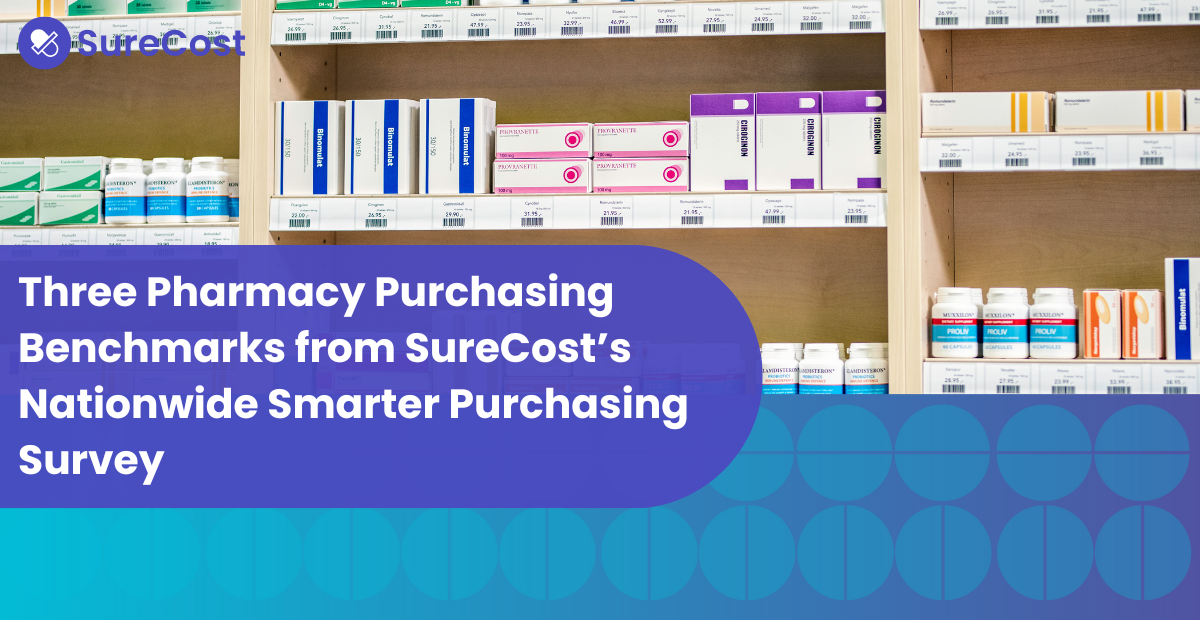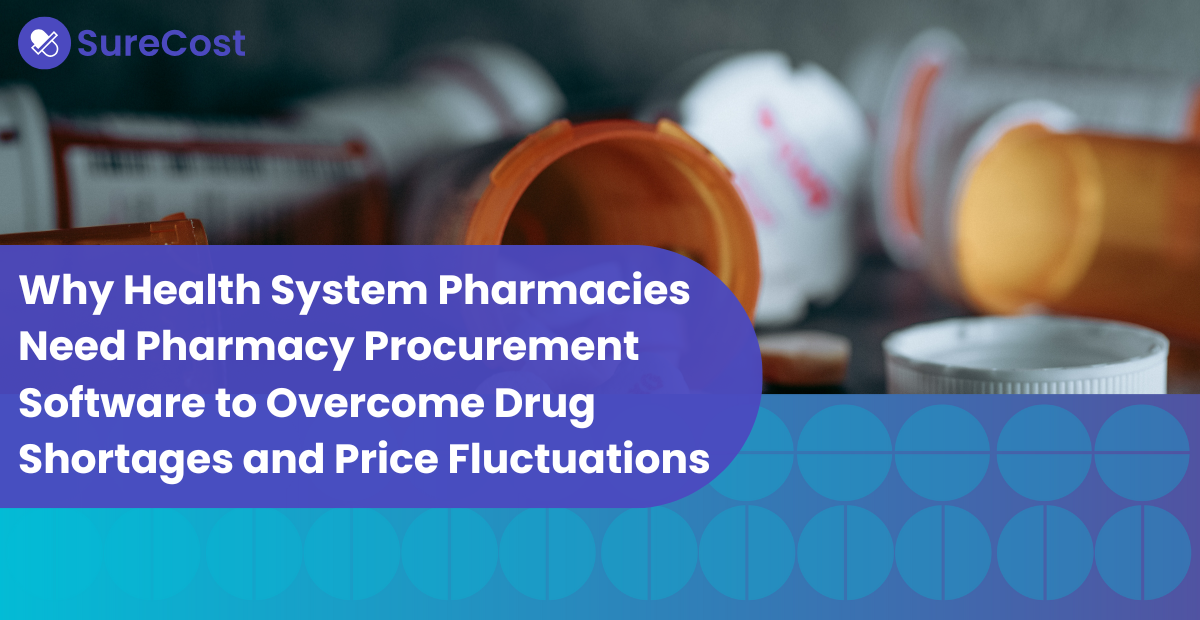Managing pharmacy inventory is a constant balancing act. Stockouts can lead to missed opportunities and dissatisfied customers, while overstocking ties up valuable capital and leaves you with unsold, expiring medications.
Pharmacies, especially those dealing with chronic care patients and fluctuating seasonal demands, need an efficient way to predict, monitor, and manage their inventory levels. That’s why you need a smarter pharmacy inventory management solution designed to tackle these challenges head-on.
In this post, we’ll explore some critical pharmacy inventory topics, including just-in-time inventory and excess inventory reduction, and show how it can be easier than ever to maintain optimal stock levels while cutting inefficiencies.
The Just-in-Time Inventory Approach: Preventing Back Orders
Pharmacies often face the challenge of balancing stock levels with patient demand, especially for critical medications used to treat chronic conditions. Running out of high-demand products not only affects patient care but can lead to a loss of trust. This is where the just-in-time inventory strategy comes in—a system designed to ensure medications arrive just in time to meet demand without the need to overstock.
With the right inventory software, your pharmacy can streamline processes by automating replenishment orders based on data and self-defined rules. The platform continuously monitors what’s physically on hand and compares it to customer orders, incoming and outgoing inventory transfers, and purchase orders. This ensures that medications and supplies are reordered only when needed, reducing the risk of running out.
Some key features you should be looking for when considering an inventory management software:
Automated Replenishment: Make sure it generates replenishment orders automatically, so that your pharmacy is always stocked with the right items at the right time—without overstocking.
Consistency: With data-driven insights, you can maintain consistent inventory levels for chronic medications that your patients rely on, ensuring you never have to turn them away due to back orders.
Seamless Integration: The platform should integrate seamlessly with most pharmacy management systems, accounts payable systems, and warehouses. This makes it easy to order a curated list of items aligned with your pharmacy’s dispensing trends, keeping your inventory in sync with patient needs.
Cut Excess Inventory by 10-20%
While stockouts are a problem, excess inventory comes with its own set of challenges. Overstocking leads to wasted capital, space, and resources. Medications that sit on your shelves too long become at risk of expiration, which means financial losses and potential regulatory compliance issues.
There are 3 methods pharmacies can adopt to effectively cut excess inventory:
- Better Forecasting for On-Hand Quantities: Have a comprehensive view of what’s in stock and what’s needed, allowing for more accurate forecasting. By consolidating purchasing and inventory management into one platform, you can reduce over-ordering and maintain lean inventory levels.
- Automatic Identification of Slow-Moving Products: Automate the process of identifying slow-moving or stale products, making it easier to transfer excess inventory to other departments or pharmacy locations. This automated process helps reduce waste and ensures that inventory is distributed where it’s needed most.
- Data-Driven Inventory Decisions: Run detailed reports analyzing perpetual inventory, physical inventory counts, and transfers. With this data at your fingertips, you can make informed decisions about which items to reorder, reduce, or redistribute.
With SureCost, pharmacies of all sizes have not only successfully reduced excess inventory by up to 20%, but they’re also able to accomplish the three things mentioned above effortlessly. If you’d like to see how it’s done in action, contact us today for a complimentary demo!




.png)


